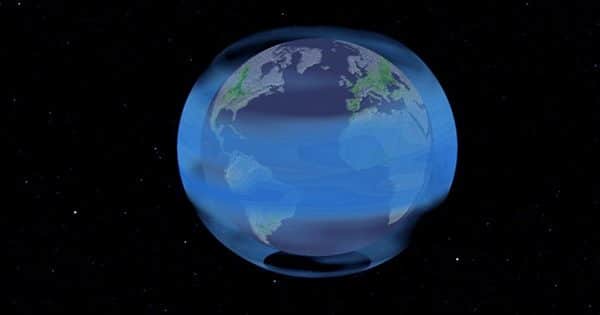An increase of 1.5 ° C (2.7 ° F) above the pre-industrial average temperature is seen as a dangerous margin for the weather on our planet. The Government Intergovernmental Panel on Climate Change (IPCC) estimates that this could happen by 2052.
A new study has put forward a strict range; the polarity will be exceeded between 2027 and 2042. Researchers have developed a scaling Climate Response Function (SCRF) for changes in temperature by 2100, as reported in Climate Dynamics. The new method differs from the General Circulation Models (GCM) used by the IPCC, which seeks to simulate the complexity of the entire planet’s climate.
Co-author Raphaël Hébert, from the Alfred-Wegener-Institut in Potsdam, said in a statement, “GCMs have erroneously contained data based on historical climate data rather than the theoretical relationship of our new method of representing global temperatures. Our approach can be inferred from direct observation of climate sensitivity and its uncertainty with a few assumptions.”
The method halved the uncertainty of the forecast and at the same time ensured that the “most likely warming” for the next 60 years was consistent with what was expected by GCMs. Given how these estimates were obtained separately, it is highly positive. The amount of warming with the SCRF was somewhat mild – 10 to 15 percent lower than the GMCs average – but remains uncertain. This work raises the spectrum of climate alarm clocks and the urgent need to take strong action to mitigate global warming. Climate cannot be fixed with the press of a button, it requires a long-term solution and they take time.
Co-author Shaun Lovejoy, a physics professor at McGill University added,”Now that the government has finally decided on climate change, we must avoid situations where leaders can claim that even the weakest policies can avoid dangerous consequences.” “With the improvement of our new climate model and its next generation, there is less room for wiggle room.” The average global temperature in 2012 was 1.1 degrees Celsius (2 ° F) above the pre-industrial level, and monitoring agencies recorded several months of record-breaking hottest throughout 2020.
The impact of the climate crisis is not a distant concern. They are already here. Our rising temperatures and acidification of the oceans have caused dramatic destruction of marine ecosystems, the amount of ice in both the Arctic and Antarctica has reached historically low levels, and the headlines are filled with natural disasters including floods, droughts, temperatures, storms, and wildfires.
















